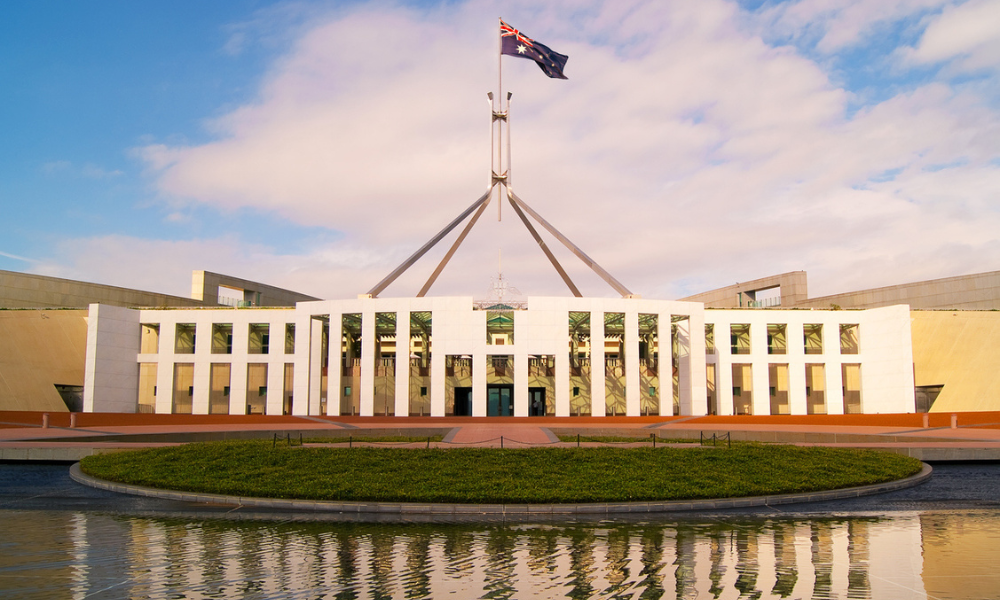Industry leaders are divided on the best way to make companies represent Australia's cultural make-up
.jpg)
Corporate Australia still has a long way to go to reflect the country’s diverse cultural make-up, where 14% of the population is of non-European descent.
That was the verdict of the country’s Race Discrimination Commissioner Dr Tim Soutphomassane.
The Commissioner moderated the Allianz Dive In Debate that brought together industry leaders in Sydney to debate the question: are cultural diversity targets the game changer for senior leadership?
Soutphomassane cited the statistic that the ASX200 group of CEOs have a representation level of cultural diversity, namely non-European background, at 5%.
“That number gets lower when you go through federal parliament ranks, when you go through government at senior levels and when you look at higher education,” he said.
While all debaters agreed that this statistic was a worry, the teams were divided on whether targets were the best way to improve cultural diversity.
On the team who agreed with targets was Macquarie University Associate Dean Professor Lucy Taksa who said vocal support on its own was not enough to bring about greater cultural diversity.
“Until you put metrics on these things and measure against them, you won’t have real change,” she said.
The NSW Public Service Commissioner Graeme Head added that targets are a good idea because they “anchor the discussion on what’s possible”.
“They’re a powerful tool in achieving an end point which is around inclusion and optimising the talent available in our community,” said Head.
The Diversity and Inclusion consultant Mariam Veiszadeh added: “You don’t just set a target and walk away; in order to achieve that target you’ve got to have a body of work behind it in how you get there.”
However, the negative team argued that targets are “tokenistic” and not effective.
“Does anyone want to say that they got to their role because of a quota?” asked icare Chief Executive Vivek Bhatia.
Bhatia added: “I don’t want my children to grow up thinking that because they have a father who was born in a different country that they have more opportunities because of a target, or less opportunities, because there is no target.
“I want them to have the same opportunities as everyone else.”
Fellow negative team member, Diversity Council of Australia Chief Executive Lisa Annese, said targets in isolation were too focused on results and could disguise bias.
“While KPIs are important, we need to focus on doing the right thing day in and day out and develop an authentic culture of inclusion,” she said.
James O’Loghlin, author, comedian and television personality, said the game changer for achieving diversity is to fix the selection process by removing conscious and unconscious bias.
“When you fully remove bias the need for targets disappears because you have a process where pure merit is rewarded and nothing irrelevant is taken into account and so the make-up of your organisation quite naturally comes to mirror the make-up of society,” he said.





